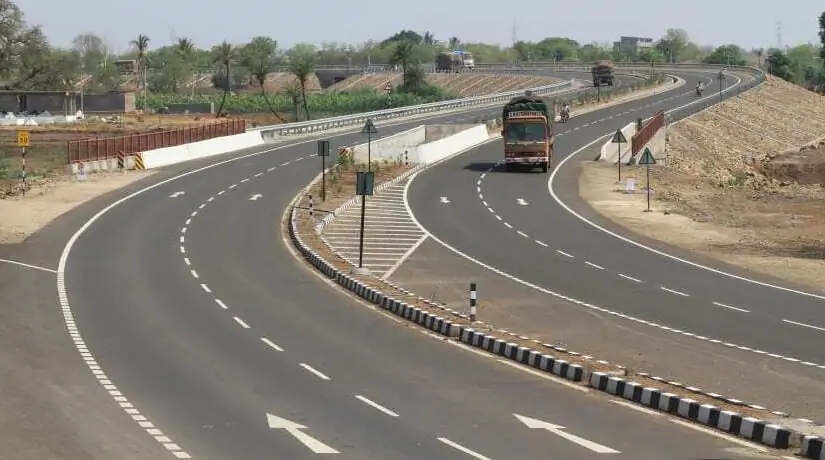Introduction
Driving through the vast network of roads in any country, one may encounter different types of roads, each serving distinct purposes and bearing unique characteristics. In this article, we will delve into the disparities between National Highways, State Highways, and Village Roads, and provide guidance on how to identify them.
Understanding National Highways
National Highways are major arterial roads that connect major cities, ports, and other strategic locations across a country. These roads are of national importance, facilitating the movement of goods, services, and people over long distances.
National Highways are characterized by their wide lanes, smooth surfaces, and controlled access. They often feature multiple lanes in each direction, facilitating high-speed travel. These roads are crucial for interstate commerce and play a vital role in the country’s economic development.
Understanding State Highways
State Highways, on the other hand, are roads that connect major cities and towns within a specific state or region. While they may not be as extensive as National Highways, State Highways serve as vital links within a state’s transportation network.
State Highways typically have fewer lanes compared to National Highways but are well-maintained to ensure smooth travel between urban centers and rural areas. They play a crucial role in intra-state transportation and are often integral to local economies.
Can a batsman hit wicket out on a free hit? | Cricket Rules 2024
Differentiating between National Highways and State Highways
Distinguishing between National Highways and State Highways can sometimes be challenging, especially for travelers unfamiliar with the region. However, several criteria can help differentiate between the two:
- Signage and Numbering: National Highways are usually marked with distinct signage and numbering systems, often denoted by the prefix “NH” followed by a number (e.g., NH-1). State Highways may have similar signage but typically bear the prefix of the respective state (e.g., SH-1 for State Highway 1 in a particular state).
- Responsibilities: National Highways are maintained and managed by the central government or federal authorities, whereas State Highways fall under the jurisdiction of state governments. This distinction in responsibility often reflects in the quality of infrastructure and maintenance standards.
Village Roads
Village Roads, also known as rural roads or local roads, are the arteries that connect villages and rural areas to the broader transportation network. These roads play a crucial role in facilitating access to essential services, such as healthcare, education, and markets, for rural communities.
Village Roads vary significantly in quality and width, ranging from narrow dirt tracks to paved surfaces. While some may be well-maintained, others may suffer from neglect, particularly in remote areas with limited access to resources.
Black Law in India Clear Your Doubt
How to Recognize National Highways, State Highways, and Village Roads
Recognizing the type of road you’re traveling on can be essential for navigation and understanding the level of infrastructure and services available. Here are some tips for identifying each:
- National Highways: Look for distinctive blue signage with the “NH” prefix and numbering. These roads typically have wide lanes, smooth surfaces, and controlled access points.
- State Highways: State Highways may feature signage similar to National Highways but with the prefix of the respective state. These roads often connect major cities and towns within the state and are relatively well-maintained.
- Village Roads: Village Roads may lack formal signage and numbering, especially in rural areas. These roads tend to be narrower and may vary in surface quality, ranging from paved to unpaved surfaces.
Conclusion
In summary, National Highways, State Highways, and Village Roads serve distinct purposes within a country’s transportation network. While National Highways facilitate interstate commerce and long-distance travel, State Highways connect major cities and towns within a state. Village Roads, on the other hand, provide essential links to rural communities, enabling access to vital services. By understanding the characteristics and signage associated with each type of road, travelers can navigate more efficiently and make informed decisions during their journeys.
